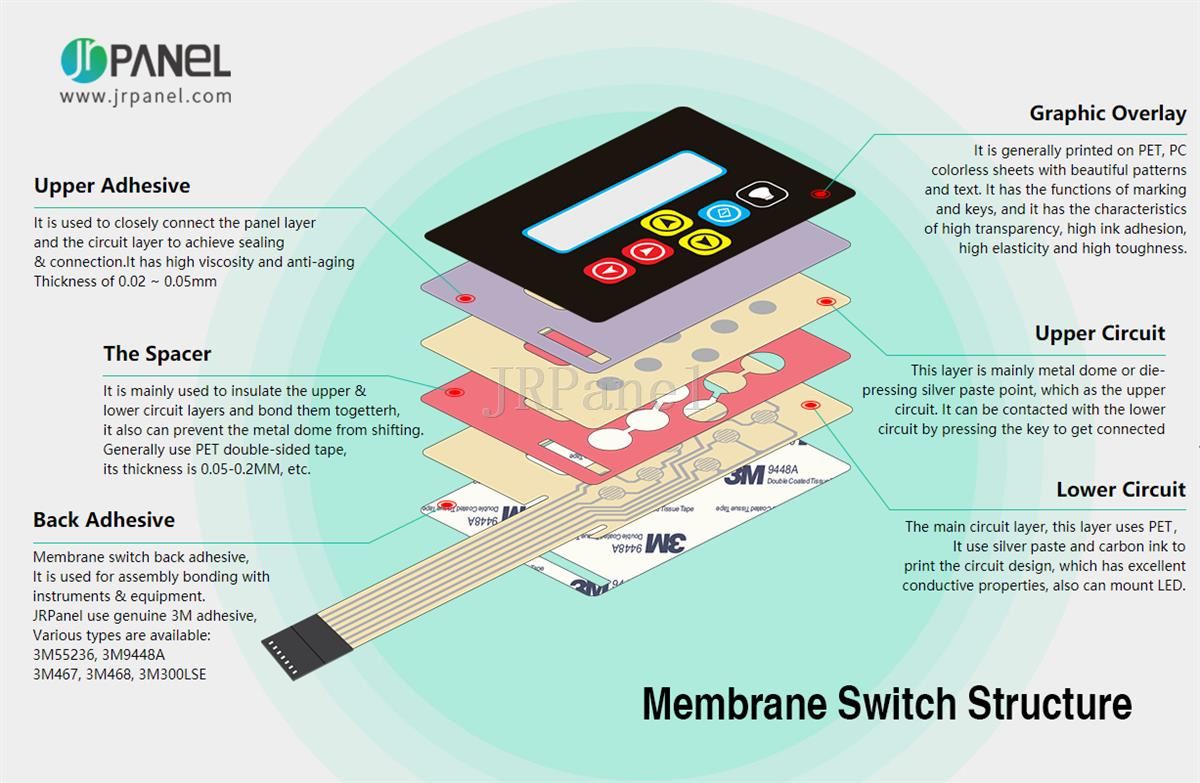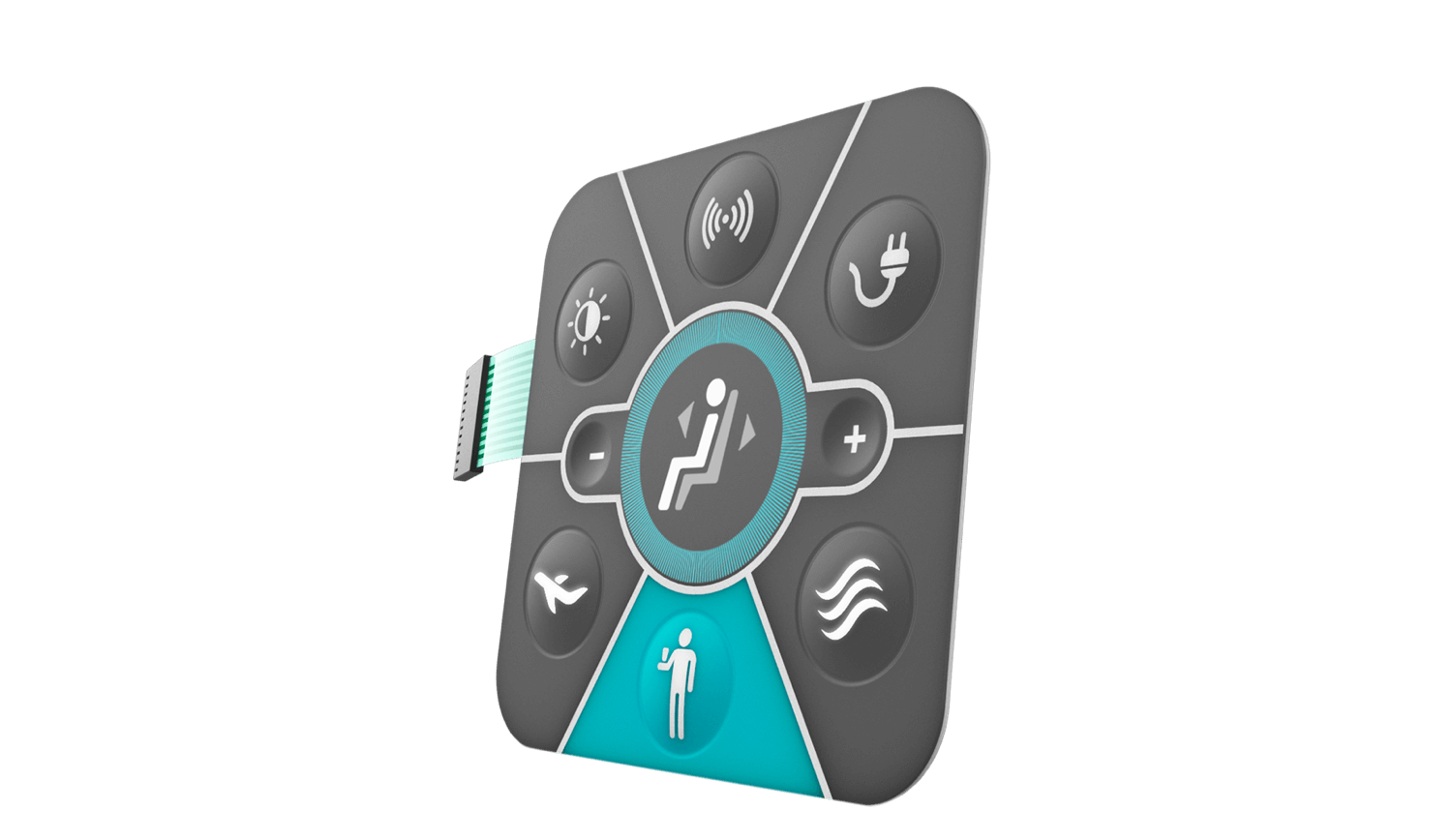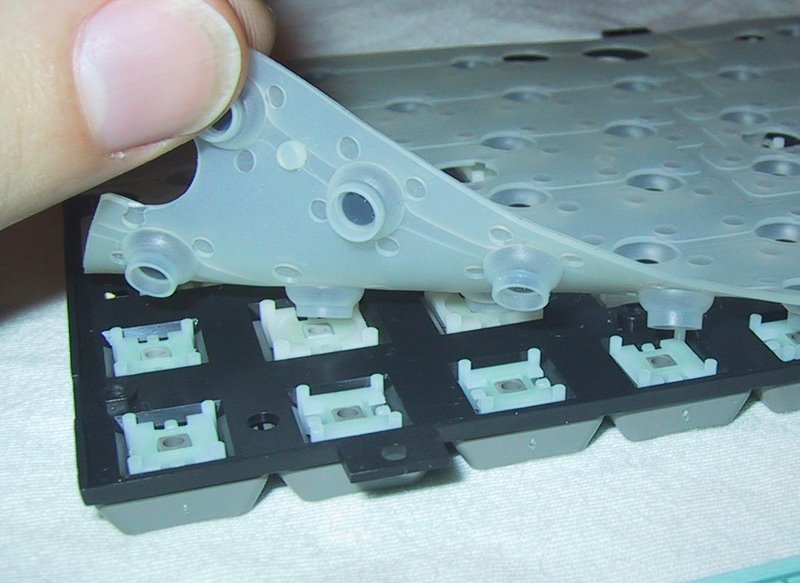Leading Advantages of Incorporating a Membrane Switch Into Your Digital Tools
Leading Advantages of Incorporating a Membrane Switch Into Your Digital Tools
Blog Article
Recognizing the Performance of Membrane Layer Changes for Individual Interface Instruments
The functionality of membrane layer switches over stands for a significant improvement in individual interface design, combining effectiveness with visual flexibility. As industries increasingly focus on customer experience, recognizing the subtleties of membrane switch modern technology ends up being vital.
What Are Membrane Switches?
Membrane buttons are innovative user interface devices that promote user interaction with electronic devices. These functional components include several layers, consisting of a visuals overlay, spacer, and a printed circuit layer. The style enables a smooth assimilation into different electronic devices, enhancing both the aesthetic and practical elements of individual interfaces.
Membrane layer switches are frequently employed in a vast array of applications, from home home appliances to commercial equipment and clinical gadgets. Their building normally includes a thin account, making them a suitable choice for small layouts. The responsive responses supplied by these buttons can be engineered to meet details user preferences, ensuring reliable communication between the user and the device.
Durability is one more significant benefit of membrane layer buttons, as they are immune to dust, dampness, and chemicals, which boosts their life expectancy sought after environments. Additionally, these buttons can be personalized in terms of shape, dimension, and visuals style, permitting branding and user-specific functions. In general, membrane layer switches stand for a useful solution for improving individual experience in digital devices, integrating functionality with visual charm in a reliable way.
Exactly How Membrane Layer Switches Job
Operating on a straightforward principle, membrane layer switches utilize a layered building to sign up user input efficiently. Each button is composed of numerous layers, consisting of a printed circuit layer, a spacer layer, and a leading graphic layer, which are designed to work together effortlessly. When an individual presses the leading layer, it presses the spacer layer, bringing the conductive elements of the circuit layer right into call with each other.
This call produces a closed circuit, signaling the tool to execute a specific feature. The design enables various configurations, consisting of tactile comments, which can improve the customer experience by offering a physical feeling upon activation. The products made use of in membrane buttons often include flexible substratums, such as polyester or polycarbonate, which ensure sturdiness and resilience against deterioration.

Key Advantages of Membrane Layer Buttons

One more significant benefit is their density. Membrane buttons are slim and light-weight, which enables manufacturers to conserve area in their gadgets without compromising capability. This feature is especially useful in applications where weight and volume are critical factors to consider.
In addition, membrane buttons are resistant to dirt, wetness, and chemicals, improving their toughness. This resilience prolongs their life-span and lowers the requirement for frequent replacements, leading to cost discover here financial savings with time.
Additionally, the tactile comments provided by membrane layer switches can be maximized to enhance individual interaction. They can consist of features such as increased switches or audible clicks, enhancing usability and user experience.
Applications Throughout Industries
Interface gadgets making use of membrane layer buttons are prevalent in a large variety of industries, showcasing their versatility and capability. Membrane Switch. In the clinical sector, membrane layer buttons are essential to devices such as diagnostic tools and client monitoring systems, where their resilience and ease of cleaning are vital for maintaining hygiene requirements. Similarly, in the automobile market, these switches are used in dashboard controls and infotainment systems, providing a smooth and modern interface for individuals.
In addition, the customer electronic devices field take advantage of membrane layer buttons in devices and portable gadgets, where portable style and straightforward user interfaces boost customer experience. Industrial applications additionally take advantage of membrane layer switches over for control board in equipment and automation systems, highlighting their toughness and resistance to severe atmospheres.
In the aerospace and defense industries, membrane layer buttons are utilized in cabin controls and devices, where dependability and performance under This Site extreme problems are vital. Furthermore, the video gaming industry increasingly includes membrane layer switches in controllers and arcade makers, adding to an appealing user experience. On the whole, the adaptability of membrane layer switches over allows their extensive use across countless markets, highlighting their relevance in contemporary interface design.
Future Trends in Membrane Layer Change Innovation

Furthermore, using click over here now advanced materials, such as polycarbonate and polyester films, is anticipated to climb, providing improved resilience and resistance to ecological stress factors. These materials add to the general long life of membrane layer switches, making them ideal for harsher commercial applications.
Moreover, the incorporation of clever innovation, including IoT connectivity, will certainly allow membrane layer buttons to connect with various other devices and systems, assisting in a more interactive customer experience. This trend aligns with the growing demand for clever tools throughout different industries, from healthcare to customer electronic devices.
Finally, modification options are expected to broaden, permitting suppliers to develop bespoke solutions customized to certain customer requirements and choices. These growths will position membrane switches as important components in the development of interface modern technology.
Final Thought
In verdict, membrane switches stand for an essential development in user interface modern technology, providing a reliable and versatile option for diverse digital applications. As innovations in product scientific research and touch sensing innovations proceed, the functionality and applicability of membrane layer buttons are expected to increase, strengthening their value in modern digital tools.
Report this page